ABB UAD155A0111 是为了满足快速大量数据处理要求的设备。硬件结构方面,总线标准化程度高,兼容强,软件资源丰富,特别是有实时操作系统的支持,故对要求快速、实时强、模型复杂和计算工作量大的工业对象的控制占有优势。集散系统从工业自动化仪表控制系统发展到以工业控制计算机为中心的集散系统,所以其在模拟量处理、回路调节方面具有一定优势,初期主要用在连续过程控制,侧重回路调节功能。PLC是由继电器逻辑系统发展而来,主要用在离散制造、工序控制,初期主要是代替继电器控制系统,侧重于开关量顺序控制方面。近年来随着微电子技术、大规模集成电路技术、计算机技术和通信技术等的发展,PLC在技术和功能上发生了飞跃。在初期逻辑运算的基础上。

UAD155A0111
ABB UAD155A0111。脉冲输入接口:ABBUAD155A01113BHEO29110R0111控制脉冲模块通常配备用于接收外部脉冲信号的输入接口,例如来自传感器或计数器的脉冲信号。计数和测量:这些模块通常能够计数脉冲信号的数量,并测量其频率、周期等。 控制脉冲模块可能提供对输入脉冲信号的处理功能,例如滤波、频率变换等。通信协议:一些模块可能支持不同的通信协议,如Modbus、Ethernet等,以便与其他设备和系统进行数据通信和集成。编程和配置:一些模块可能支持编程和配置,使用户可以根据应用需求设置输入通道的参数和行为。实时性能:ABB UAD155A0111。控制脉冲模块通常能够提供实时数据处理和响应能力,以满足工业自动化中的要求。报警和通知:这些模块通常能够生成报警或通知,当脉冲信号状态或参数超出预设范围时,以便及时响应问题。
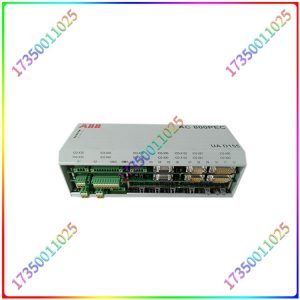
UAD155A0111
增加了数值运算、闭环调节等功能,增加了模拟量和PID调节等功能模块;运算速度提高,的能力赶上了工业控制计算机;通信能力的提高发展了多种局部总线和网络(LAN),因而也可构成为一个集散系统。特别是个人计算机也被吸收到PLC系统中。PLC在过程控制的发展将是—智能变送器和现场总线,暨向下拓展功能,开放总线。在微电子技术发展的背景下,从硬件的度来看,PLC、工业计算机、集散系统(DCS)之间的差别正在缩小,都将由类似的一些微电子元件、微处理器、大容量半导体存储器和IIO模件组成。编程方面也有很多相同点。
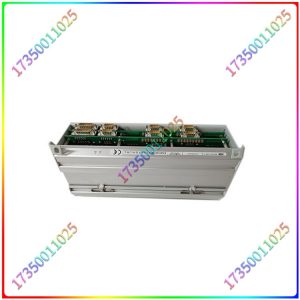
UAD155A0111
ABB UAD155A0111 is a device designed to meet the requirements of fast and large-scale data processing. In terms of hardware structure, the bus has a high degree of standardization, strong compatibility, and abundant software resources, especially with the support of real-time operating systems. Therefore, it has advantages in controlling industrial objects that require fast, strong real-time, complex models, and high computational workload. Distributed systems have evolved from industrial automation instrument control systems to distributed systems centered around industrial control computers. Therefore, they have certain advantages in analog processing and loop regulation. Initially, they were mainly used in continuous process control, with a focus on loop regulation functions. PLC is developed from relay logic systems and is mainly used in discrete manufacturing and process control. Initially, it mainly replaced relay control systems and focused on sequential control of switch quantities. In recent years, with the development of microelectronics technology, large-scale integrated circuit technology, computer technology, and communication technology, PLC has made a leap in technology and functionality. On the basis of initial logical operations.
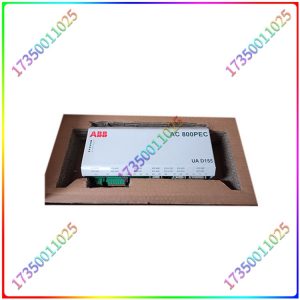
UAD155A0111
ABB UAD155A0111. Pulse input interface: ABBUAD155A01113BHEO29110R0111 The control pulse module is usually equipped with an input interface for receiving external pulse signals, such as pulse signals from sensors or counters. Counting and measurement: These modules are usually able to count the number of pulse signals and measure their frequency, period, etc. The control pulse module may provide processing functions for input pulse signals, such as filtering, frequency conversion, etc. Communication protocol: Some modules may support different communication protocols, such as Modbus, Ethernet, etc., for data communication and integration with other devices and systems. Programming and configuration: Some modules may support programming and configuration, allowing users to set the parameters and behavior of input channels according to application requirements. Real time performance: ABB UAD155A0111. Control pulse modules typically provide real-time data processing and response capabilities to meet the requirements of industrial automation. Alarm and notification: These modules are usually able to generate alarms or notifications to respond to problems in a timely manner when the pulse signal status or parameters exceed the preset range.
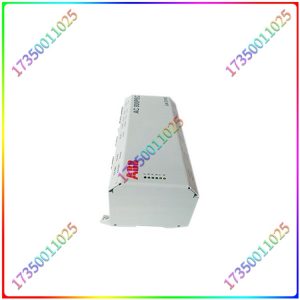
UAD155A0111
Added functions such as numerical calculation and closed-loop adjustment, as well as functional modules such as analog quantity and PID adjustment; The computing speed has improved, and the ability to catch up with industrial control computers; The improvement of communication capabilities has led to the development of various local buses and networks (LANs), which can also form a distributed system. Especially personal computers have also been incorporated into PLC systems. The development of PLC in process control will be intelligent transmitters and fieldbuses, as well as downward expansion of functions and open buses. In the context of the development of microelectronics technology, from a hardware perspective, the differences between PLCs, industrial computers, and distributed systems (DCS) are narrowing, and they will all be composed of similar microelectronic components, microprocessors, large capacity semiconductor memories, and IIO modules. There are also many similarities in programming


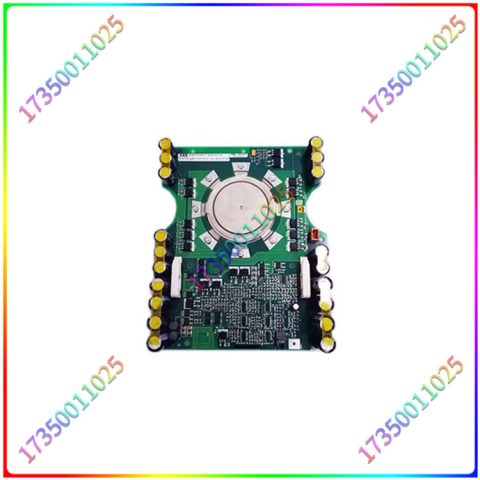
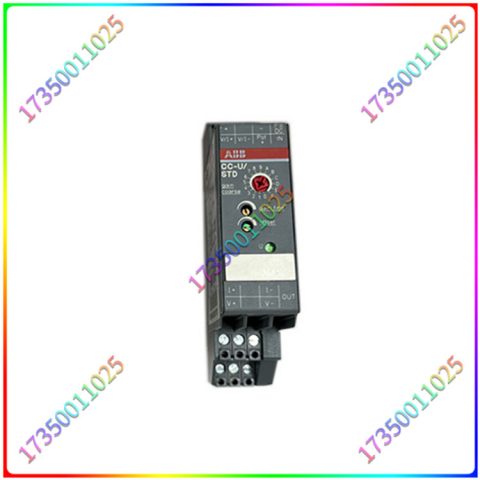
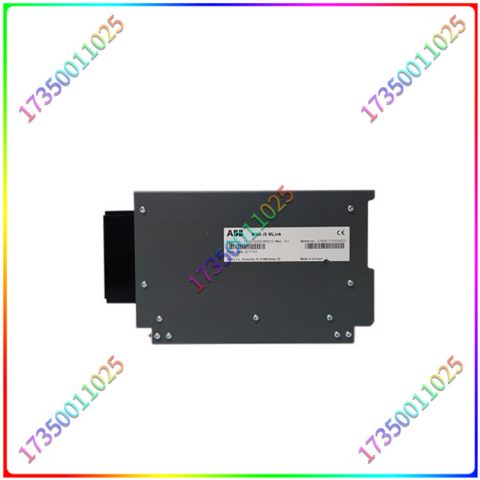
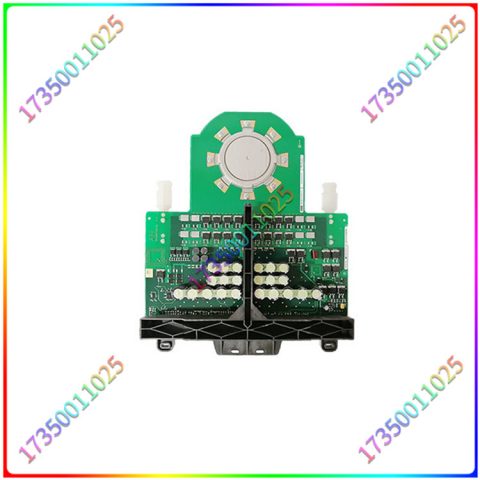
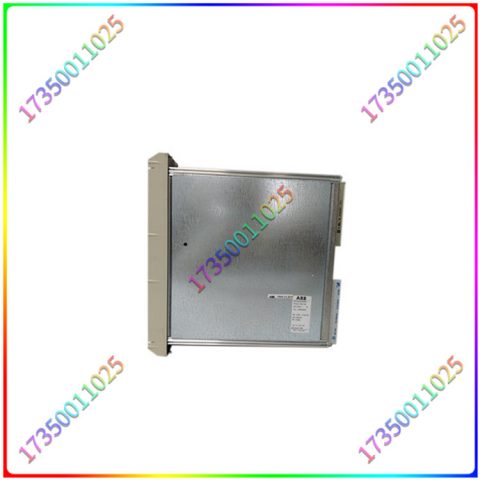
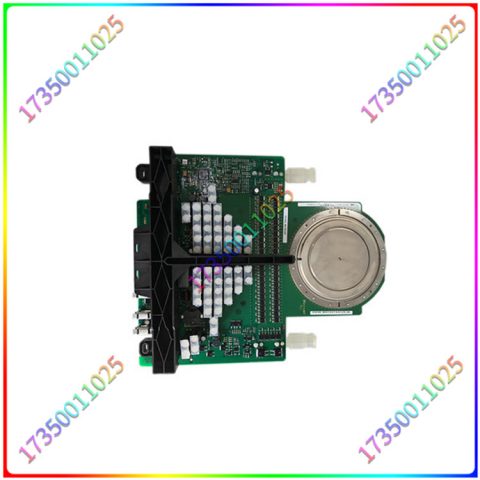
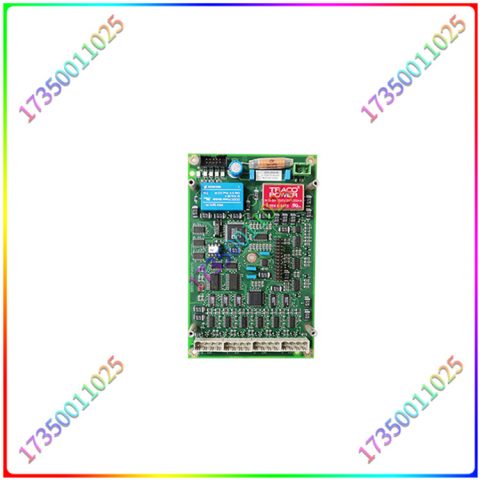
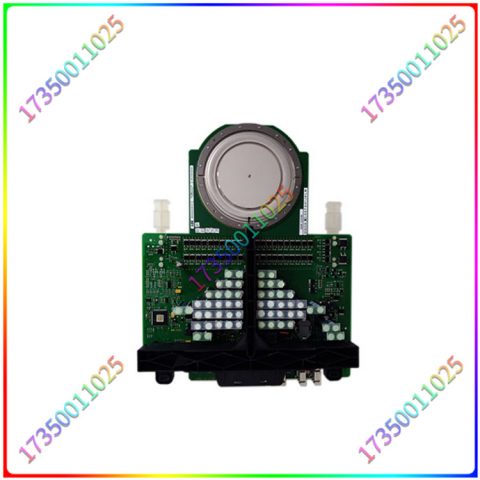
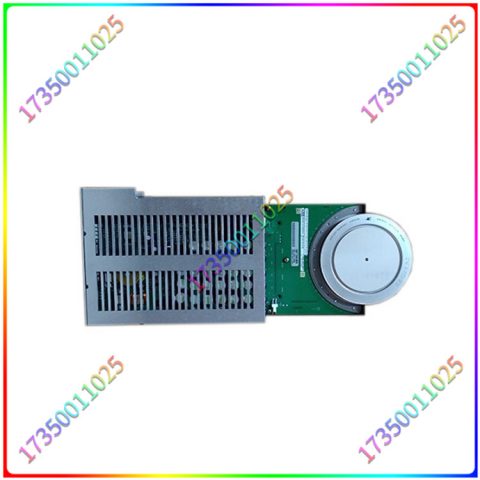
There are no reviews yet.